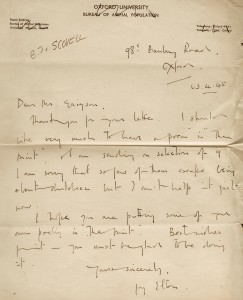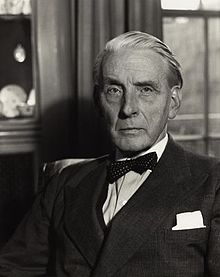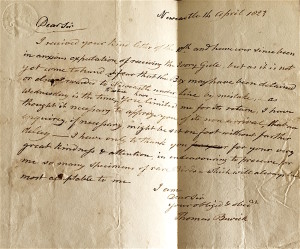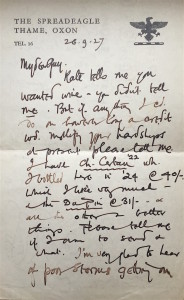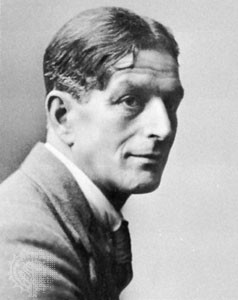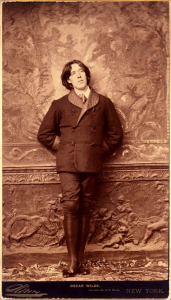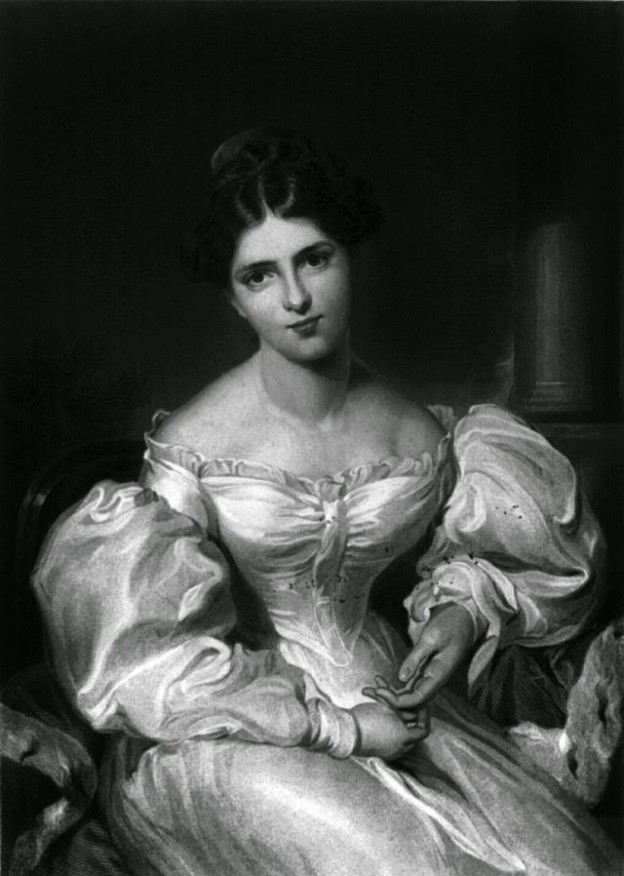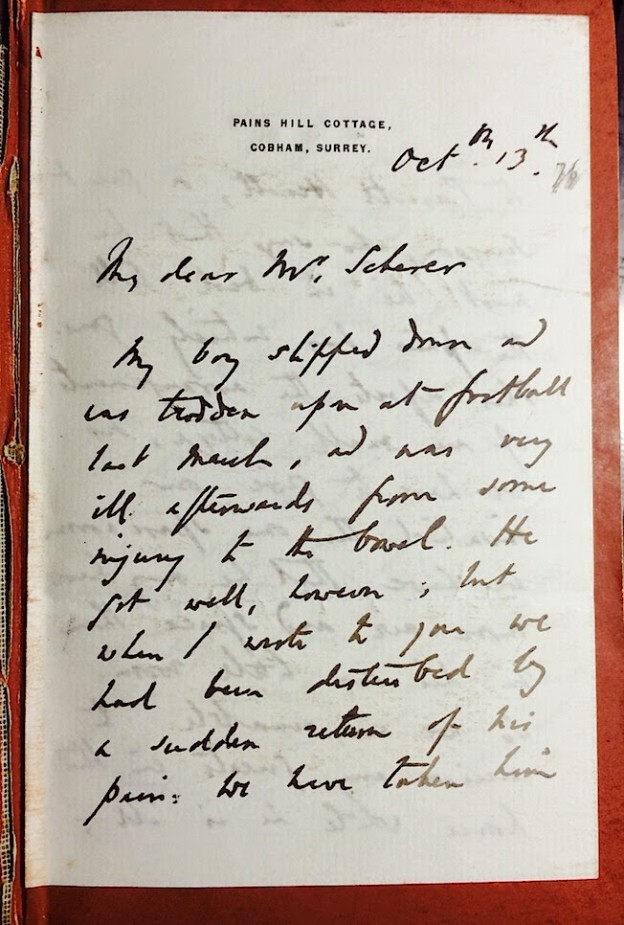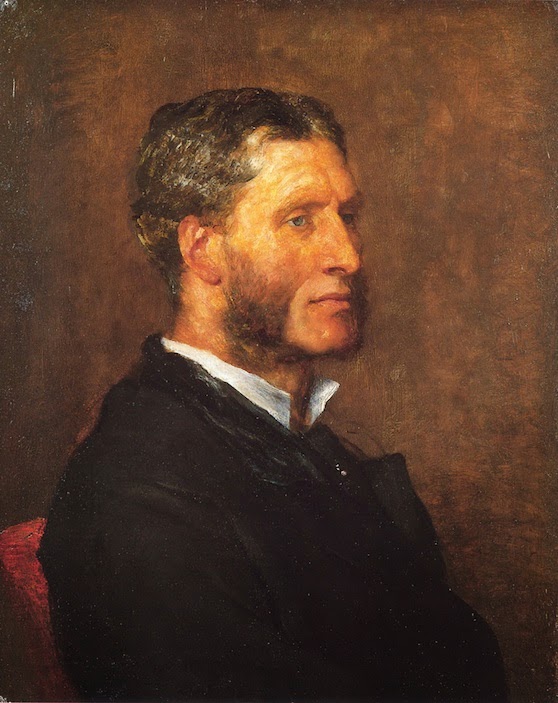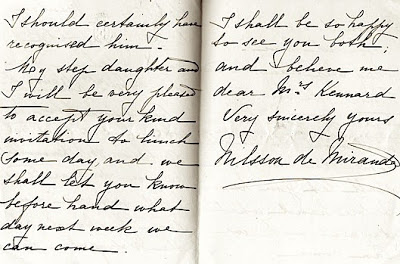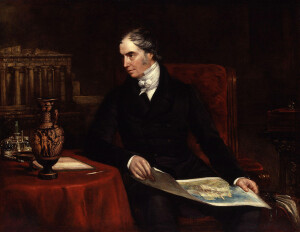
Found at Jot HQ, the pamphlet published by Winfred A. Meyers ,a well known dealer in autograph letters and manuscripts, containing the talk she gave at the ABA Book Fair at Albemarle Street, London, in 1961 on ‘ How to Collect Autograph Letters and Manuscripts ‘.
Meyers sets off by making a good case for collecting autograph letters from a historical point of view. She argues that a letter or set of letters may help a ‘professional’ scholar piece together episodes in the life of a particular person, possibly solving a puzzle that has perplexed other scholars for years; letters can also immediately connect an amateur with the author of a work in that person’s library. So far, so good. These are obvious benefits of collecting autograph letters. Meyers then comes to the horror stories of letters and historical documents lost, irretrievably damaged through neglect, or deliberately destroyed. What she tells us is indeed a litany of terrible losses:
‘…it is amazing after what has befallen letters and documents in the not so distant past, how much has survived. The rats that gnawed the letters from Elizabeth’s favourite courtier, at Belvoir Castle; the parish registers that turned into solid glue in the wet cellars of another stately home; Somerset House in 1840 sending the Exchequer Accounts of Henry VIII and the Secret Service Accounts of Queen Elizabeth to the waste paper merchant: the old India Office turning out the records of the Indian navy to the paper mills; the French Revolutionaries destroying and dispersing the papers of the Monarchy, and the restored Monarchy destroying the papers of the French Revolutionaries; the British army destroying the White House papers in 1812; the Southern States destroying their records before the advancing Union Army in the Civil War; the Sinn Feiners’ destruction of Dublin Castle records; the salvage drives and bombing of two wars; the mouldering records in a pigsty at Arundel Castle; the toy-drum and lampshade-makers’ part; Cassandra Austen tearing up the letters of her sister Jane, and George Washington’s widow tearing up all George’s letters to her and a terrible story I just heard of a collection of Emily and Charlotte Bronte letters that were torn up only last week…’
Continue reading

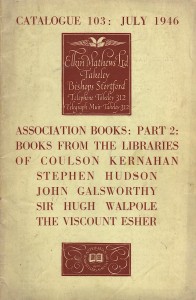 near Bishops Stortford, probably contained descriptions of books and manuscripts by one of the directors, Ian Fleming, an avid book collector. It’s tempting to imagine the future creator of James Bond trawling through some of the items in the catalogue in search of likely material.
near Bishops Stortford, probably contained descriptions of books and manuscripts by one of the directors, Ian Fleming, an avid book collector. It’s tempting to imagine the future creator of James Bond trawling through some of the items in the catalogue in search of likely material.